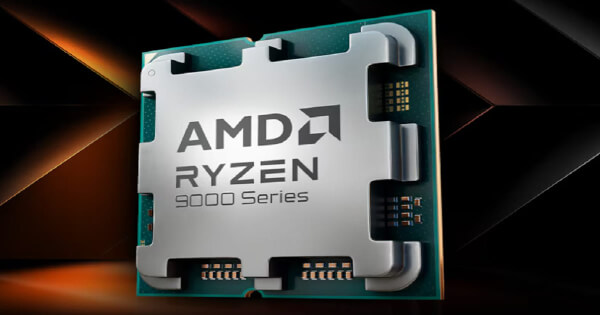
James Ding
Nov 04, 2024 18:49
AMD introduces its first 1 billion parameter language models, OLMo, designed to enhance AI research and applications with open-source accessibility.
Advanced Micro Devices (AMD) has announced the release of its first open-source language models, OLMo, which feature 1 billion parameters. This initiative marks a significant step in AMD’s efforts to contribute to the advancement of artificial intelligence (AI) technology through open-source resources, according to AMD.
Empowering AI Development
The introduction of AMD OLMo aims to provide researchers and developers with powerful tools for pre-training and fine-tuning AI models to meet specific industry needs. By making these models open-source, AMD hopes to encourage innovation and customization, allowing users to tailor AI solutions to unique applications. This approach is particularly valuable as the demand for specialized AI solutions continues to grow across various sectors.
Technical Specifications and Training
AMD OLMo models are pre-trained using 1.3 trillion tokens on AMD Instinct™ MI250 GPUs, spread across 16 nodes. The models include three checkpoints, each representing different stages of training. This setup is designed to maintain performance while optimizing computational resources. The models are also equipped with a two-phase supervised fine-tuning and DPO alignment to enhance reasoning and chat capabilities.
Performance and Comparisons
In benchmarking tests, AMD OLMo models have demonstrated competitive performance against other open-source models of similar size, such as TinyLLaMA and MobiLLaMA. These comparisons highlight the OLMo’s capacity for general reasoning and chat functions while maintaining responsible AI standards.
Open-Source Commitment
AMD’s decision to open-source the OLMo models underscores its commitment to the AI community. By providing access to training data, model weights, and code, AMD aims to foster further innovation and collaboration in AI research. This move is expected to inspire new developments and applications of AI technologies, leveraging the capabilities of AMD’s hardware solutions like the Ryzen AI processors.
AMD continues to support the open-source community by releasing new AI models and anticipates exciting advancements from collaborative efforts in the field.
Image source: Shutterstock





Be the first to comment